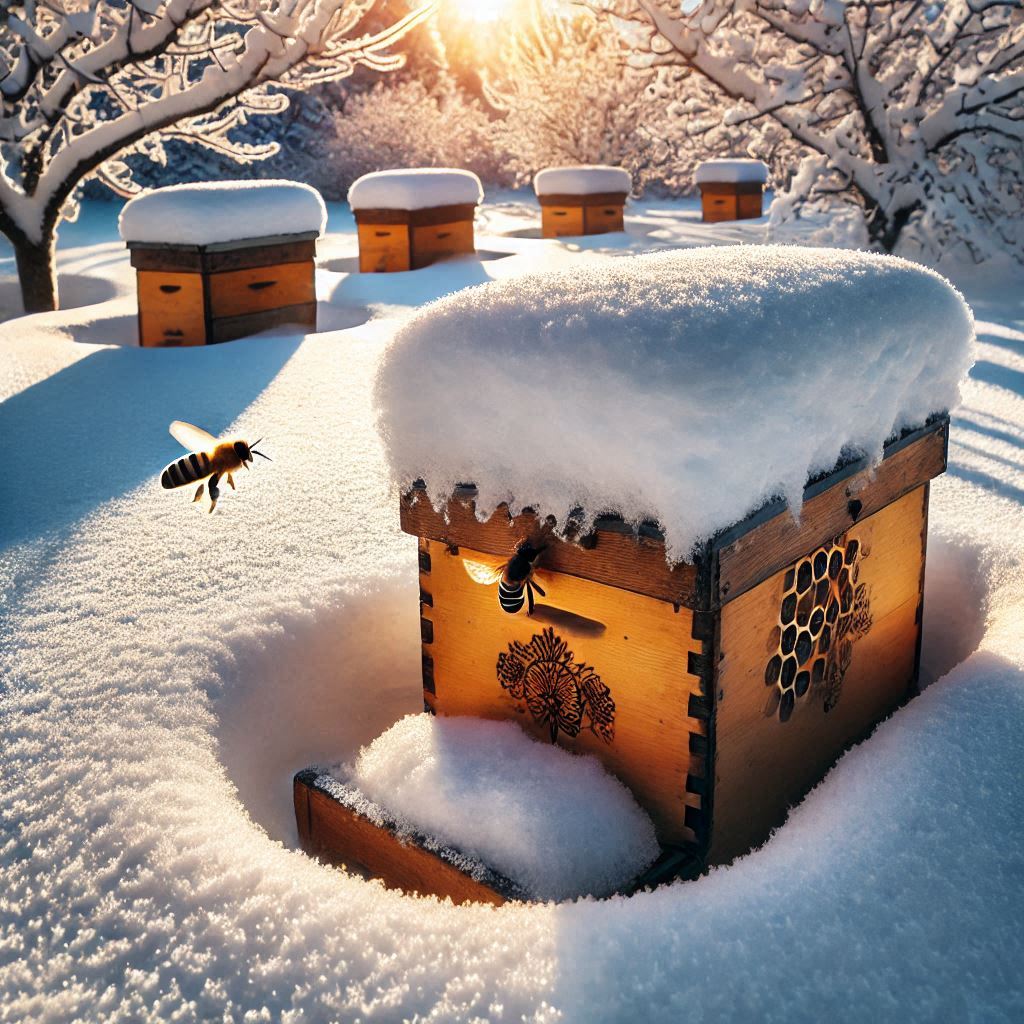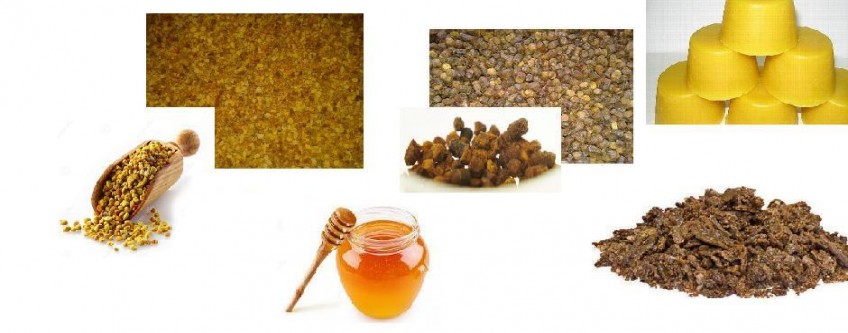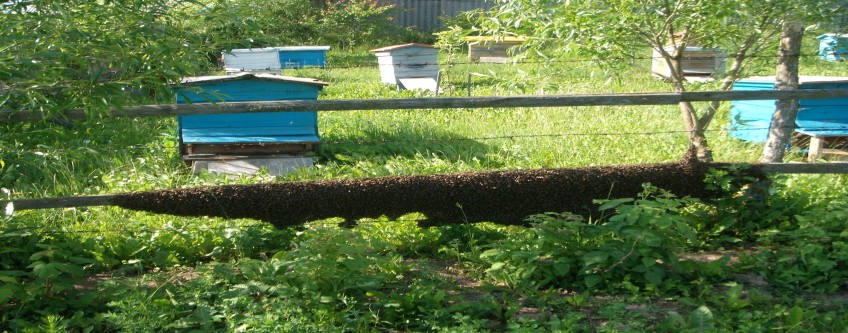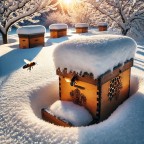Beekeeper's calendar, what to do in apiary » February

February
1.
February is the most challenging time for bees to winter. Check by placing your hand under the cushion to see if the nest is warm and if there are any brood. If there is, insulate the nest, replace damp cushions and plugs with dry ones, and narrow the hive entrances.
2.
Often at the end of February, especially after St. Matthias' Day (February 24), it warms up, and bees, especially southern ones, may take cleansing flights in the sun. Prepare for this by removing the shields and spruce branches from the hive entrances, and sprinkle ashes or black soil in front of the entrances to melt the snow faster. Straw and chaff can also be used for this purpose.
3.
Observe the bees' cleansing flights – a keen beekeeper can learn a lot from them: how well your bees wintered, the strength of the bee colony, whether there is a queen, etc.
4.
Check if the bees have enough food. Before the cleansing flight, give them pollen-free candy dough, and after the flight, provide candy dough with pollen.
5.
If the bees have taken cleansing flights, check for mite infestation. This is easy to do with a hive with a removable bottom. About 10% of dead mites fall out over the winter. Knowing approximately how many bees are in the nest (about 2,500 bees per occupied frame), it is easy to calculate the mite infestation. If the infestation is high, on a warmer day, dust the bees with powdered sugar for varroa control or treat them with thymol.
Is there anything else you need help with?



